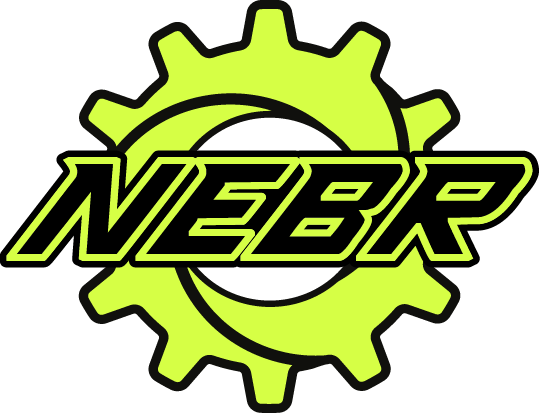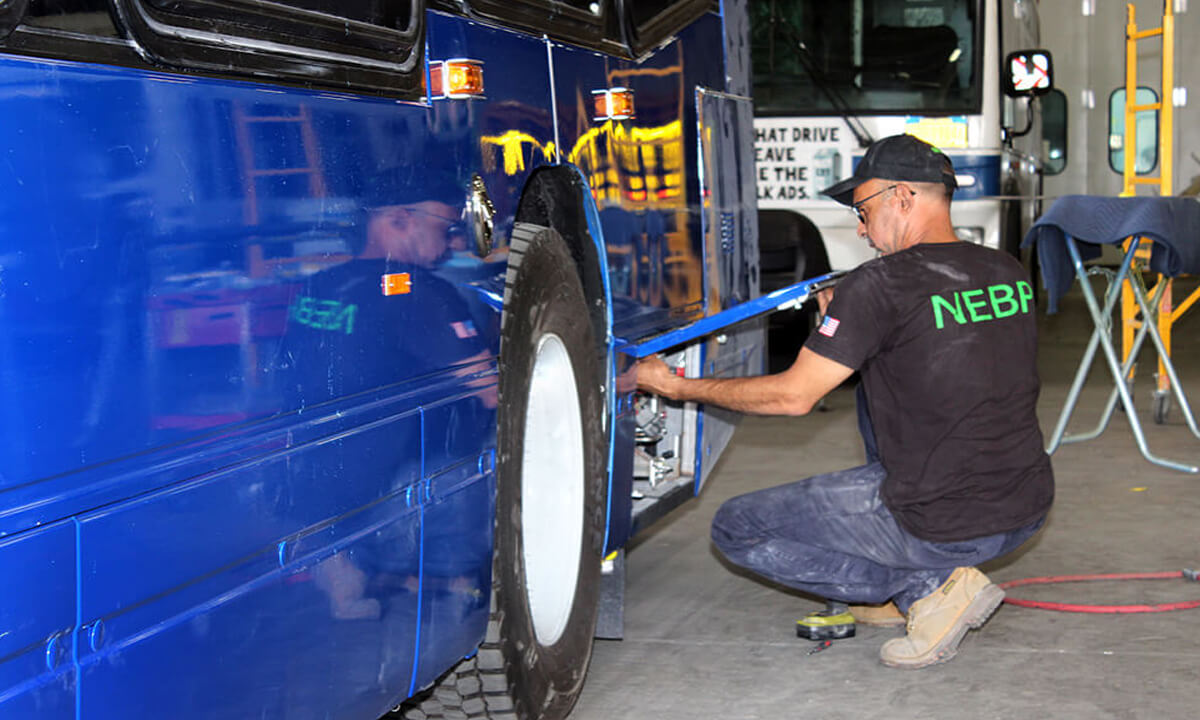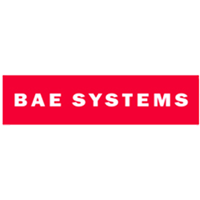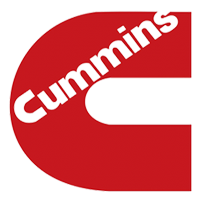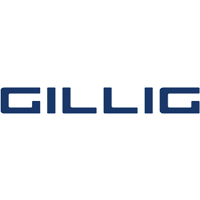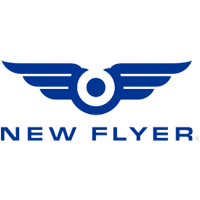IIf you’re managing a fleet of transit buses, you know that bus fleet maintenance from Northeastern Bus Rebuilders isn’t just about keeping vehicles running—it’s about keeping schedules on time, passengers safe, and costs under control. But one of the biggest questions fleet managers face is: should I invest more in preventive maintenance, or wait and fix issues as they come up with corrective maintenance?
This isn’t just an important question. Your choice here directly impacts your budget, your bus downtime, and even safety risks. So what saves more money for your fleet?
What Exactly Is Preventive vs Corrective Bus Fleet Maintenance?
Before we get into the numbers and risks, let’s clear up what these two terms mean:
- Preventive Maintenance is all about scheduled upkeep: regular inspections, oil changes, part replacements, and diagnostics performed before anything breaks. It’s like taking your bus to the doctor for a checkup rather than waiting for an emergency.
- Corrective Maintenance happens after something goes wrong. When a bus breaks down, things get expensive fast. This is why having access to reliable professional bus repair services is crucial for managing both preventive and emergency corrective maintenance:
Both are part of a healthy fleet strategy, but how you balance them changes your costs, downtime, and risks drastically.
The Cost Factor: Preventive Bus Fleet Maintenance Pays Off
You might think that skipping routine checkups saves money—but that’s a trap. Preventive bus fleet maintenance requires regular spending on parts, labor, and diagnostics. But it’s an investment that pays dividends.
Breaking Down Preventive Maintenance Costs
Typically, preventive maintenance includes things like:
- Scheduled inspections (e.g., suspension, brakes, HVAC)
- Fluid and filter changes
- Tire rotations and replacements based on wear patterns
- System diagnostics using telematics or onboard diagnostics
- Small parts replacements before failure (like bushings or belts)
On average, preventive maintenance costs per bus might range between $5,000 to $7,000 annually, depending on fleet size and vehicle type. This includes labor and parts but is planned into budgets and schedules.
The Real Price of Corrective Maintenance
Now, let’s talk corrective maintenance. When a bus breaks down, things get expensive fast:
- Emergency towing and roadside assistance
- Overtime labor or contractor fees for urgent repairs
- Replacement parts, often rushed or specialty, costing more
- Secondary damage caused by running a faulty system too long
- Lost revenue from buses off the road
- Possible fines or penalties for service interruptions or non-compliance
Studies and my own experience show that a single major corrective repair can easily cost 3 to 5 times what a scheduled preventive fix would have cost.
A quick story: When we first opened NEBR, a fleet we were working on ignored a small airbag leak that was flagged during routine checks. Weeks later, a full bag failure caused steering misalignment and damaged the control arm. This experience reinforced why our comprehensive bus repair services always emphasize catching small issues before they become major problems.
The repair cost ballooned from a few hundred dollars to over $6,000, plus a week of downtime. That one missed preventive fix turned into a costly corrective headache.
Breaking Down Preventive vs Corrective Maintenance Costs
| Maintenance Type | Details | Cost & Impact |
|---|---|---|
| Preventive Maintenance |
Scheduled inspections (suspension, brakes, HVAC) Fluid & filter changes Tire rotations/replacements System diagnostics (telematics/OBD) Small parts replacement before failure (bushings, belts) |
Typically $5,000–$7,000 annually per bus Includes labor and parts, budgeted and scheduled Predictable and planned costs |
| Corrective Maintenance |
Emergency towing and roadside assistance Overtime labor and contractor fees Rushed or specialty parts Secondary damage from delayed repairs Lost revenue due to downtime Possible fines for non-compliance |
Can cost 3 to 5 times more than preventive fixes Example: missed airbag leak repair cost >$6,000 plus downtime Unpredictable and costly with serious operational impact |
Timelines & Downtime: The Hidden Costs You Can’t Ignore
Money isn’t the only cost here—time off the road is huge for transit fleets.
Scheduled Preventive Maintenance: Minimal Downtime
Since preventive maintenance is planned, it’s usually done during off-hours or scheduled service windows. The average downtime might be a few hours per bus per month, and fleets can arrange spare buses to cover routes.
This approach keeps buses cycling through fleet maintenance for transit buses—you can catch it before anything seriously breaks, avoiding surprise breakdowns during rush hour.
Corrective Maintenance: Unpredictable and Lengthy Downtime
Corrective maintenance is a wild card. A breakdown can happen anywhere, at any time. When it does:
- Buses may sit for hours or days awaiting parts or specialist repairs.
- Emergency repairs often require pulling buses out of service immediately, affecting schedules and customer satisfaction.
- Extended downtime means lost revenue and strained resources.
The unpredictability means corrective maintenance not only costs more but also hurts your operational reliability.
Risks: Safety and Compliance Can’t Be Ignored
While money and downtime are important, safety risks are paramount in fleet maintenance for transit buses.
Preventive Maintenance Keeps You Ahead of Safety Issues
Regular inspections and repairs catch worn brakes, failing suspension parts, or electrical issues before they become hazards. This means fewer accidents, less risk of injuries, and peace of mind for drivers and passengers.
Plus, preventive maintenance helps you stay compliant with DOT and FTA regulations. Missing maintenance schedules can lead to hefty fines and even force your fleet off the road.
Corrective Maintenance Risks: Reacting Too Late
Relying on corrective maintenance means you’re often responding to problems after they’ve escalated. This can lead to:
- Unsafe vehicles on the road (think brake failures or steering problems)
- Increased liability for your fleet and company
- Possible regulatory violations and penalties
- Damage to your company’s reputation if buses break down in service
In the worst cases, reactive maintenance can cause accidents or major system failures that are costly beyond just repairs.
Long-Term Fleet Health and Resale Value: The Bigger Picture
Bus fleet maintenance isn’t just about the now; it’s about the lifespan and value of your assets.
- Preventive maintenance helps keep your buses running longer. Consistent care reduces wear and tear on expensive components.
- A well-maintained bus holds its value better when it’s time to resell or retire. Prospective buyers trust maintenance records, and a strong history can boost resale prices by 10-15%.
- Fleets relying heavily on corrective maintenance tend to have buses with patchy repair histories, worn-out parts, and lower resale value.
Investing in preventive care pays off not just in repairs avoided but also in maintaining your fleet’s overall worth.
Finding the Right Balance: Not All or Nothing
While preventive maintenance is the hero in this story, no fleet can completely avoid corrective maintenance. Some failures are inevitable.
The Smart Approach: Use Data and Training
- Use telematics and predictive analytics to catch issues before they turn critical. These tools help schedule preventive maintenance at exactly the right intervals.
- Train your drivers to recognize early warning signs—strange noises, vibrations, or smells—and report them immediately. Drivers are your first line of defense.
- Keep detailed maintenance logs to spot recurring issues and refine your maintenance plan.
Together, this balanced approach minimizes unexpected repairs while maximizing uptime and safety.
Which Saves More? Spoiler Alert—it’s Preventive Bus Fleet Maintenance
When you consider the full picture—costs, downtime, safety, and long-term value—investing in bus fleet maintenance through a strong preventive program saves more money and headaches than relying on corrective fixes.
Sure, preventive maintenance requires steady budgeting and planning. But it turns surprise breakdowns and costly repairs into manageable, scheduled service.
If you’re still running a mostly reactive strategy in maintenance for bus fleets, now’s the time to rethink. Look at your fleet’s data, talk to your team, and build a plan that prioritizes prevention. Your budget, drivers, and passengers will thank you.
Unsure how to balance your preventive and corrective maintenance strategies? Our comprehensive fleet services can help you build a smart, cost-effective plan tailored to your fleet’s unique needs.. Reach out today and take the first step toward a more reliable, efficient bus fleet.
